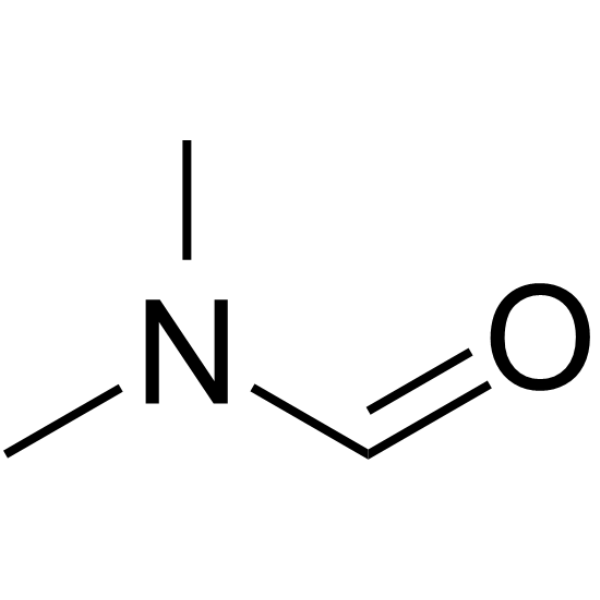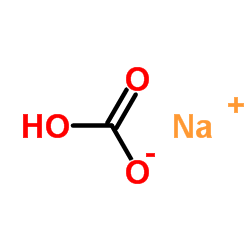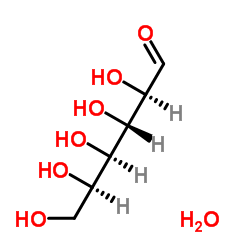| 结构式 | 名称/CAS号 | 全部文献 |
|---|---|---|
 |
氢氧化钠
CAS:1310-73-2 |
|
 |
乙醇
CAS:64-17-5 |
|
 |
N,N-二甲基甲酰胺
CAS:68-12-2 |
|
 |
3-乙基-2,4-戊烷二酮
CAS:1540-34-7 |
|
 |
碳酸氢钠
CAS:144-55-8 |
|
 |
4-羟乙基哌嗪乙磺酸
CAS:7365-45-9 |
|
 |
葡萄糖,一水
CAS:14431-43-7 |
|
 |
乙二胺四乙酸
CAS:60-00-4 |